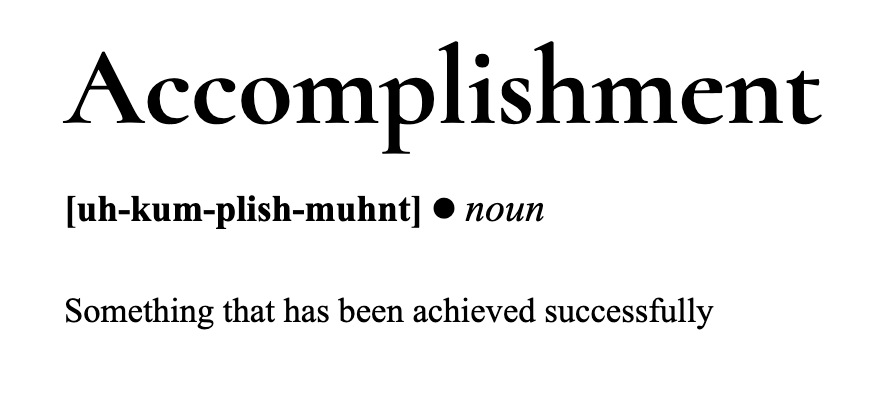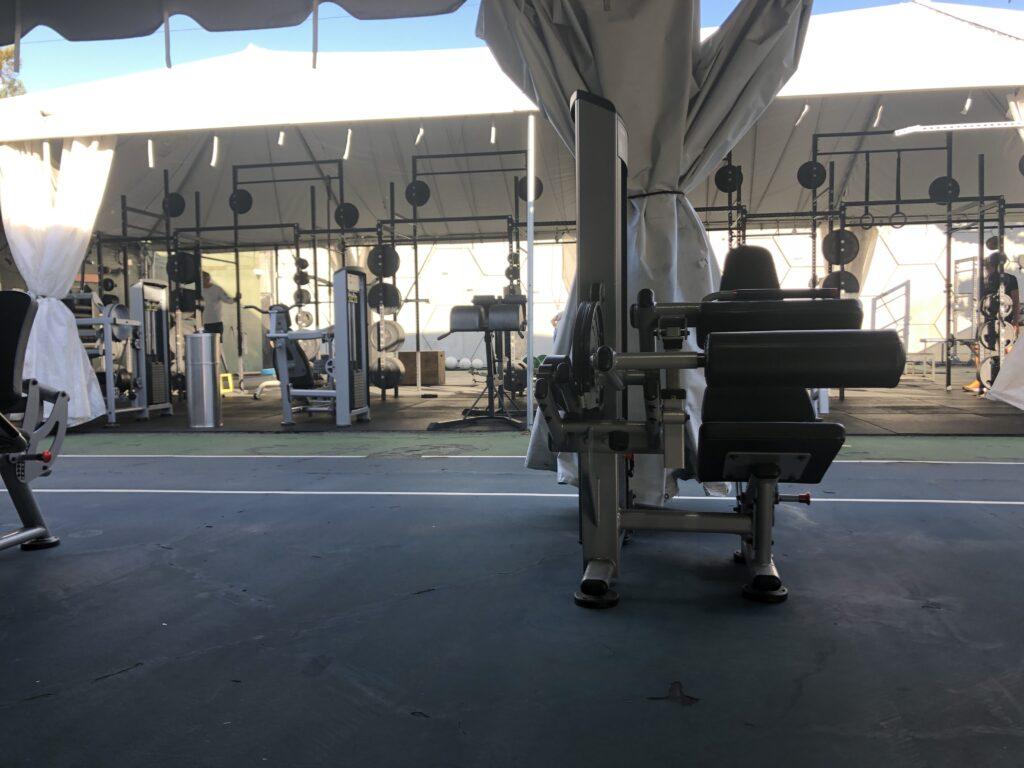Jan. 1 is fast approaching, and you know what that means: hordes of clueless people walking into the gym for the first time, a majority of whom will never be seen again within five miles of a weight. If you’re truly in it to win it, here’s how to make real progress and avoid common beginner mistakes that will turn you into the ultimate gym rat.
So how do you actually gain muscle? Whether you’re a bodybuilder or a powerlifter, you need to increase the intensity and volume of your workouts every time — this is what the experts call “progressive overload.” Muscle is very resource-intensive for the body to maintain, so it won’t grow unless it is given an adequate stimulus — in this case, lifting heavier weights for more repetitions.
Consequently, the best way to progressively overload your training is to use compound movements that employ multiple muscle groups at once. For beginners, you generally only need one compound movement per body part, because your goal for the first six months to a year is to master lifting technique and form good habits, as opposed to putting as much weight on the bar as possible.
It’s different for everyone, but maintaining good form is key to maximizing muscle growth. We highly encourage you to seek out a professional coach if possible, although YouTube tutorials are a great way to visualize the entire process. There is a lot of misinformation on the internet, but two YouTube channels that consistently give quality advice are Jeremy Ethier and Jeff Nippard. If you have time to read 400 pages, the book “Starting Strength” by Mark Rippetoe is a valuable resource as well. Also, record yourself every once in a while to see your form from a third-person perspective.
It’s usually not advised for beginners to create their own programs due to their lack of biomechanics knowledge and experience. StrongLifts 5×5 is a great routine that provides a solid strength foundation for the five most important compound movements — the squat, bench press, overhead press, deadlift and barbell row — while also providing flexibility for isolation work. With this program, you train three times per week, which is enough volume for the vast majority of beginners.
For accessibility purposes, dumbbells can replace barbells in most upper-body exercises, and chin-ups instead of pull-ups can work the biceps more. These compound movements will also strengthen stabilizer muscles, which, as the name claims, helps with stabilization — we’re all trying to carry those groceries into the house in one go.
But keep the weight low — you’re not competing for Mr. Olympia. Ego lifting, or lifting weights that are too heavy for you to handle, doesn’t impress anyone and could easily result in injuries, ending all your hopes and dreams in the gym. And, in the worst-case scenario, these injuries can permanently disable you.
Whatever you do, listen to your body. If you’re feeling any sort of joint or muscle pain while performing an exercise, stop immediately. Soreness and muscle fatigue, however, are painful yet beneficial signs of improvement, which occurs when your muscles are fatigued to the point where they physically cannot perform the exercise with good form. Beginners should never take their sets to complete failure, especially because this facilitates form breakdown, which increases the risk of injury.
As such, try to take your sets one to two reps away from failure, where you can simultaneously maintain form and push yourself to exhaustion, providing more than enough stimulus for most muscle groups. For beginners, a good rule of thumb is to stop a set when a repetition takes more than 5 seconds to complete — train hard, but also train smart.
So what would your progression look like? Generally, lifters with no athletic background experience “newbie gains,” where strength can increase rapidly in the first few months. A time-tested progression method is to have a fixed number of sets with a variable number of reps in each set. For example, one of your primary compound exercises could be three sets of four to six back squats. Start with four reps per set, and add one rep to each set in every workout. Once you hit the upper limit of reps for all three sets while maintaining good form, increase your working weight by 5 to 10 pounds and start over at four reps per set. Of course, many factors such as diet, sleep, stress and genetics can impact your improvement.
Specifically, you should aim for eight hours of sleep, only resorting to seven when absolutely necessary. This might be a hard thing to ask from high school students drowning in AP classes and extracurriculars, but on the bright side, you’ll learn how to manage your time better.
Your starting point matters a lot as well. An underweight beginner will make slow progress compared to someone on the bigger side, because extra fat reserves provide energy during workouts and in the recovery period when muscle is actually built. By the time you’ve worked out consistently for a few months, eating a high-protein diet with a caloric surplus — eating more calories than you burn, which facilitates weight gain — is imperative. Muscle doesn’t come from thin air; you need to consume mass to build it.
Above all, never put an arbitrary quantity over your health and safety. In theory, a beginner lifter should not plateau, or experience a long period of no strength gains despite consistent training, but in practice this happens all the time. If this happens to you, do not blame your training as long as you are attempting to perform your sets within a few reps of muscular failure. Such thinking may cause you to use weight that you cannot handle, all in the name of progressive overload. Instead, consider if you’re eating enough protein, getting enough sleep and minimizing stress. If improving these other factors does not work, consider deloading.
Wherever you are in your fitness journey, don’t be discouraged by a period of stagnation or other more advanced folks in the gym. The community itself is both supportive and informative, and you’ll eventually adopt your gym homies as your second family.
It’s you against yourself — we’re all in this together.


























